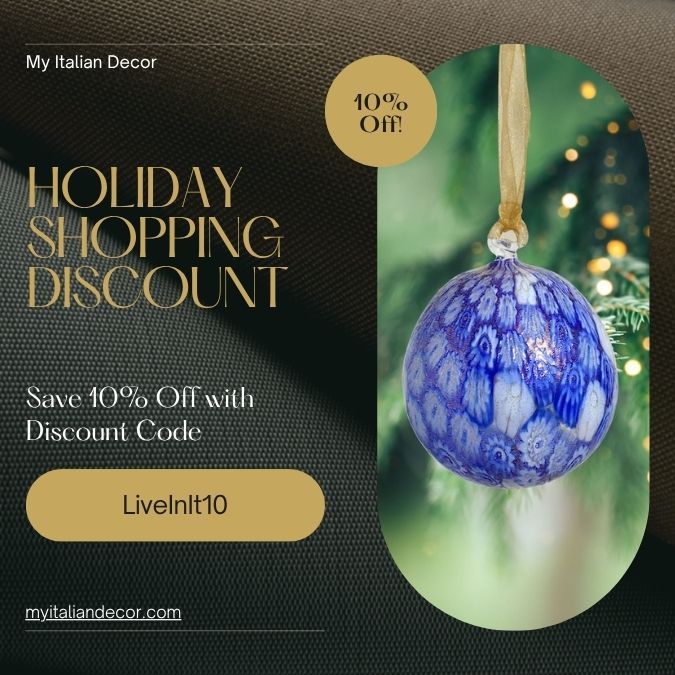In this Chat with an Expat, author John Bersani shares his journey from upstate New York to Gaiole in Chianti, Tuscany—where a passion for food, storytelling, and community led him to create 20 Amici, 40 Ricette. The cookbook-memoir blends heartfelt stories and local recipes from his Italian friends, capturing the rhythms of village life and the traditions that define Tuscan cooking. With humor, warmth, and authenticity, John reflects on what it means to live between two cultures—and how food continues to shape his connection to Italy.
Follow us on Instagram to learn about the book giveaway!
Where were you born and raised? (09:27)
Cyndy and I are both from upstate New York—I grew up in the Syracuse area, and we met at Syracuse University. We raised our family near Boston for decades, then moved to Aspen full-time for a few years before eventually landing in Scottsdale, Arizona. But it all started in that tight-knit Italian American neighborhood in Syracuse. My maternal grandparents lived next door. My great-grandfather came from Molise and never spoke English, but in that part of town, you didn’t really need to. It was like its own little Italian village.
What is one of your fondest childhood memories from growing up in an Italian American household, especially one tied to food or family traditions? (14:50)
Everything was made from scratch at my grandparents’ house. They were amazing cooks. My grandmother would roll out cavatelli by hand, and my grandfather would be in the background preparing the sauce. Holidays were unforgettable. I’d bring college friends home for Thanksgiving, and it always caught them off guard. We’d start with soup, then pasta, followed by a braised meat course—very Italian. And just when they thought dinner was over, I’d say, “We haven’t even gotten to the turkey yet.” After that came fruit, dessert, and hours later, my grandmother would ask, “Who wants a sandwich?”
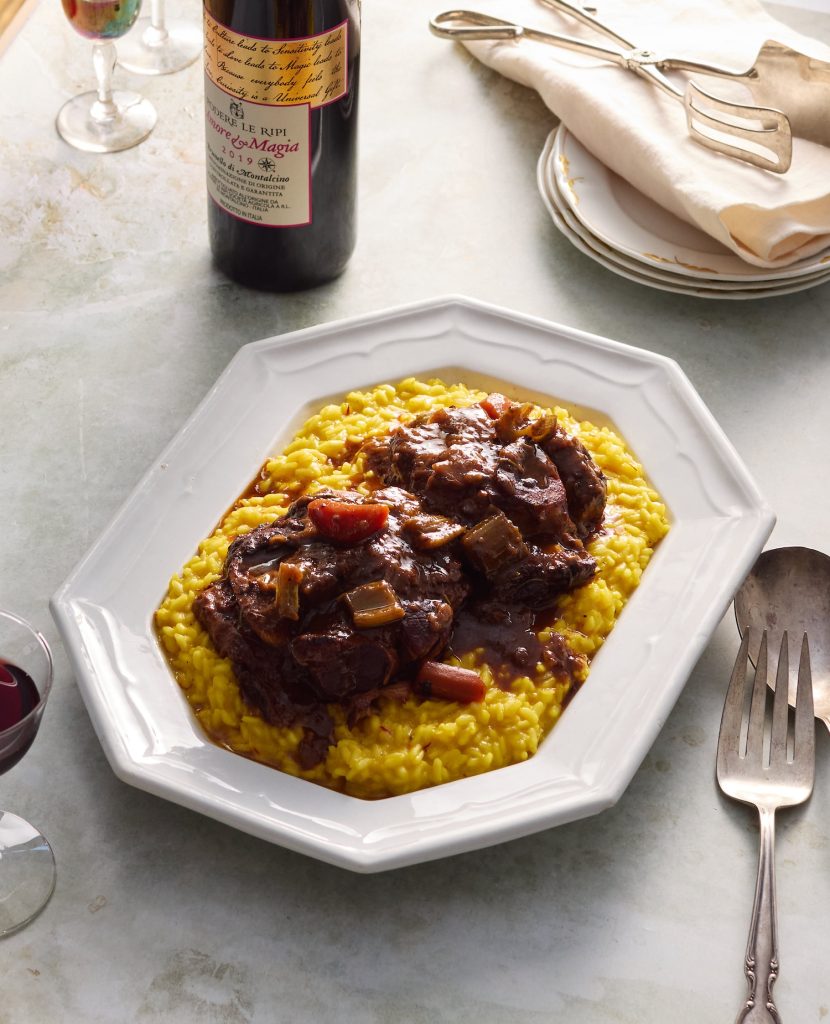

How old were you when you first visited Italy? (20:15)
Not until my mid-30s. Cyndy and I went for our 10th wedding anniversary. I remember stepping off the plane and feeling this uncanny sense of recognition. It wasn’t about knowing people or places—it was about the gestures, the voices, the rhythm. It made me want to know more, to understand where I came from. That trip sparked a deeper connection and a desire to learn the language and immerse myself in the culture.
Can you share your journey from dreaming of living in Italy to making it a reality? (33:36)
That first trip lit the spark. A few years later, after 9/11, we pulled the kids out of school and moved to Florence for five months. It was a transformational time. From that moment on, we kept coming back. We started searching for a place of our own, and it took about three years—there were a lot of near-misses. Then one day, we walked into a real estate office in Castellina in Chianti. A very organized German man showed us a listing just outside Gaiole. We visited the house, and we just knew. It was surrounded by vineyards, peaceful, and just a few kilometers from town.
Why did you choose Gaiole-in-Chianti as your home, and what makes it special? (38:15)
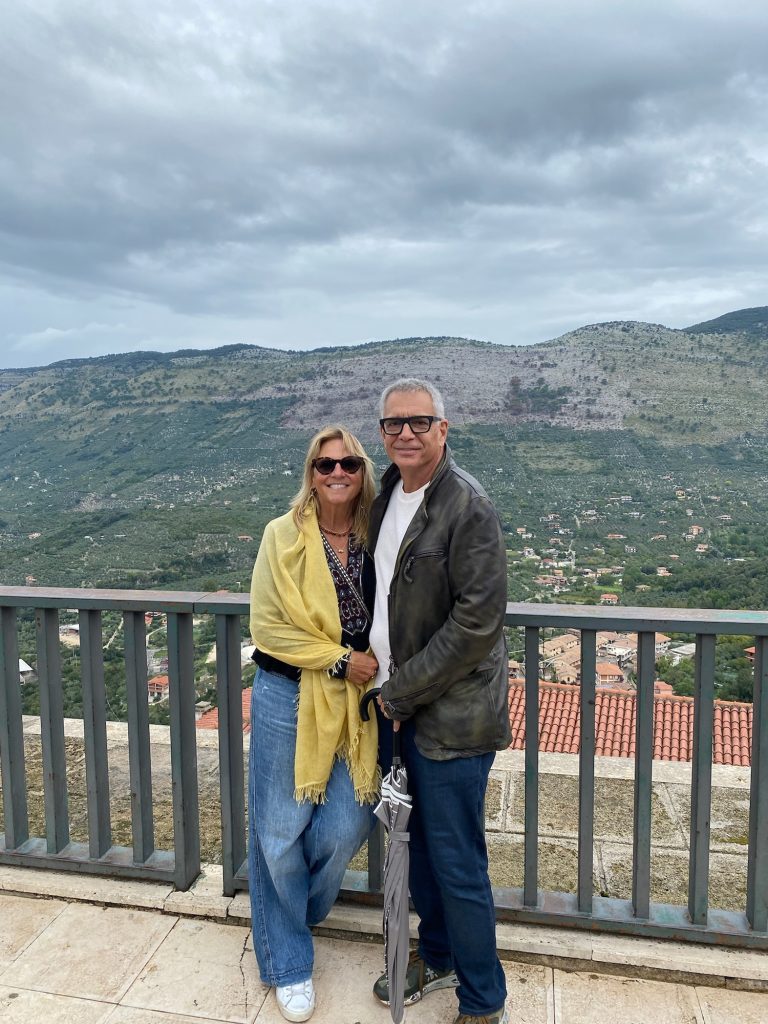
I’m very happy we landed in Gaiole, because I do think it has retained more of its authenticity than some of the other towns. Everyone knows Radda, which is nearby—and it’s beautiful—but it’s far more affected by tourism. Gaiole is still a working man’s town. It runs on wine production, olive oil production, agriculture. Yes, there’s tourism and it’s the home of the annual Eroica bike race, which has become quite famous over the last 25 years. But Gaiole is still very much a real town.
And it’s been wonderful for us, because we’ve become part of that community. As I talk about in the book: we went to Italy for the food and the natural beauty and the art and all the things that attract people to Italy. But I think if we hadn’t made the friends that we’ve made there, maybe we wouldn’t have stayed.
Tell us about 20 Amici, 40 Ricette. What inspired it and how did the idea come together? (42:32–52:00)
I’ve always enjoyed writing. I practiced law early in my career, so writing technically and precisely was part of the job—but it wasn’t creative. When we did that five-month trip to Florence in 2001 with our kids, I started sending weekly emails to friends and family. People came to expect those updates. They’d write back asking, “Where’s this week’s journal?” It was fun. I think that planted the seed.
Years later, during the pandemic, I finally said to myself, “I’m going to do this.” It took over two years to write—gathering the stories, testing the recipes, and learning how to actually publish a book. It’s a lot of work. But the deeper reason I wrote it was because, after living in Chianti for so long, I saw what visitors were missing.
The Real Chianti
Tourists come for the wine or food, or maybe both. And it’s hard to have a bad time in Italy, even with a mediocre tour. But having lived there, it drives me crazy sometimes. I want people to see the real Chianti. I don’t want them going to a winery just because the concierge gets a kickback. Or eating in restaurants that Italians would consider tourist traps. I wanted to create something different—a book that introduces readers to real people, in a real town, who truly love to cook.
Everyone in Italy has a dish they do well. It doesn’t matter if you’re a plumber or a doctor or a lawyer—you’ll still be talking about food at the table. Italians talk about the meal they’re eating, the next meal they’ll cook, and who makes a dish better than whom. So I thought, why not gather recipes from our friends in Gaiole—the people we’ve gotten to know through the piazza, through mutual friends, and through simply being part of the rhythm of the town?

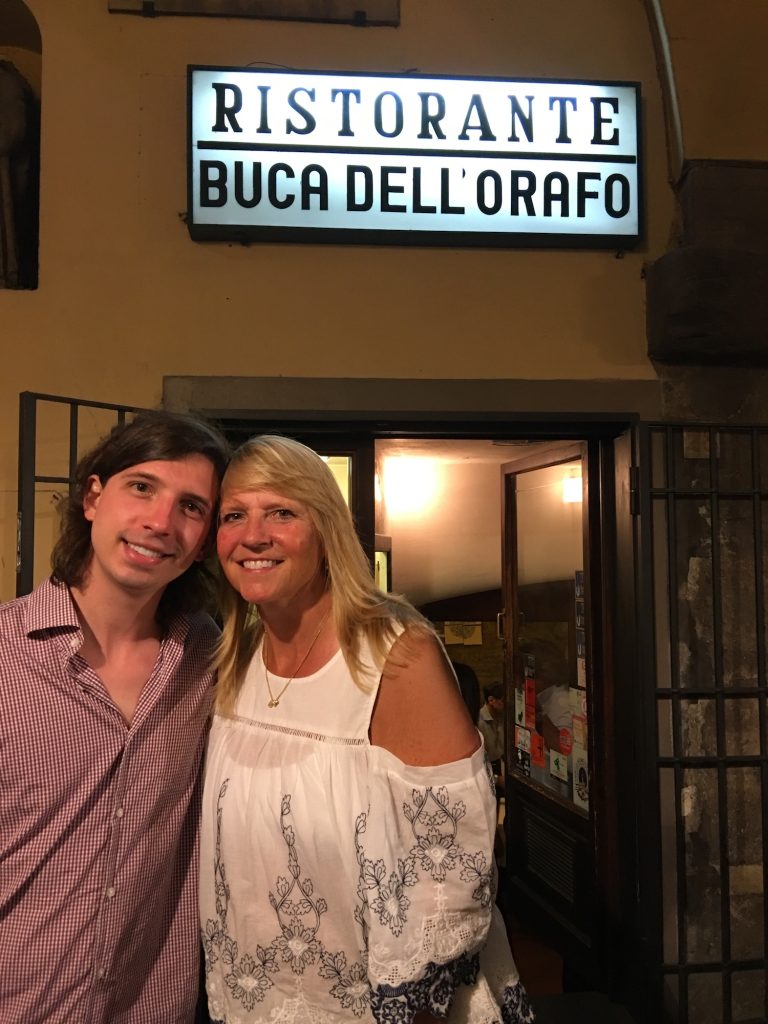
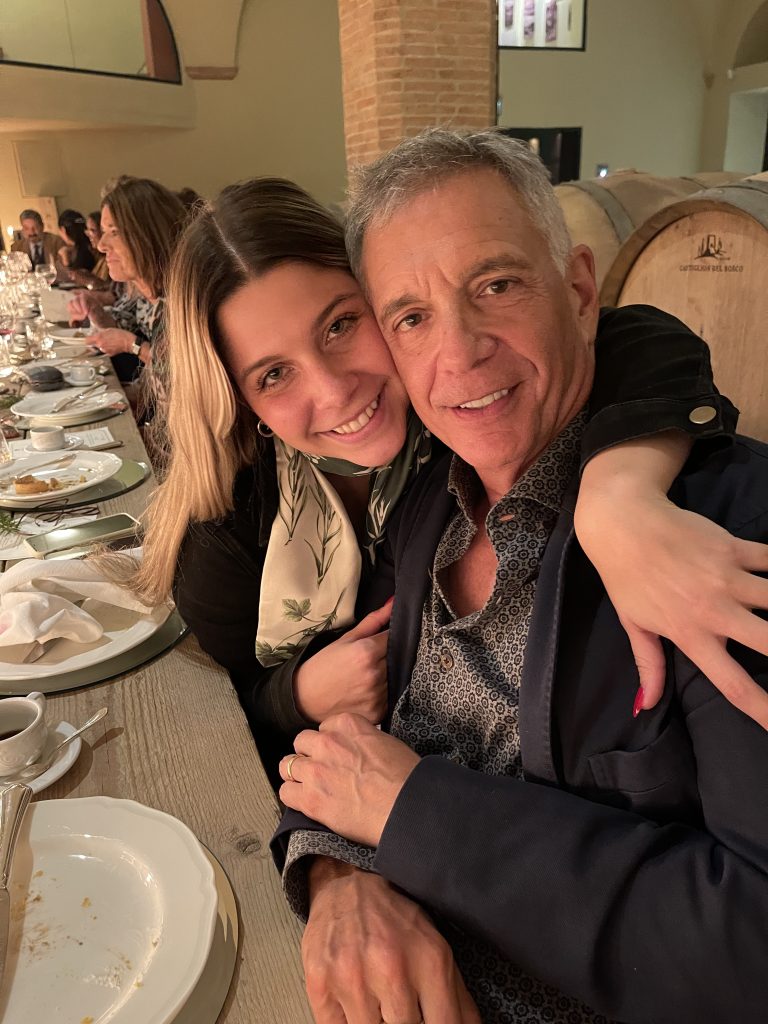

Sharing Relationships Through Food and Stories
When a Tuscan invites you to their home for dinner, it means something. It’s a sign that you’ve cracked the circle and become a real friend. Tuscans can be a bit standoffish at first, and for a long time I joked that I didn’t get a good piece of produce at the frutta e verdura for the first ten years we were there. But over time, through language, trust, and presence, we built those friendships. That’s what this book is about—sharing those relationships through their food and stories.
I teamed up with Nico Schinco, a very talented young photographer from New York whose family is from Sicily. He stayed with us in Gaiole, and we collaborated closely—something that rarely happens in publishing. Usually, a photographer never even meets the author. But we worked side by side, capturing not just the recipes but the faces, homes, and spirit of this place. I think the result is something special. I’m really proud of it.
Do you consider yourself an expat—or something else? (58:09–1:02:37)
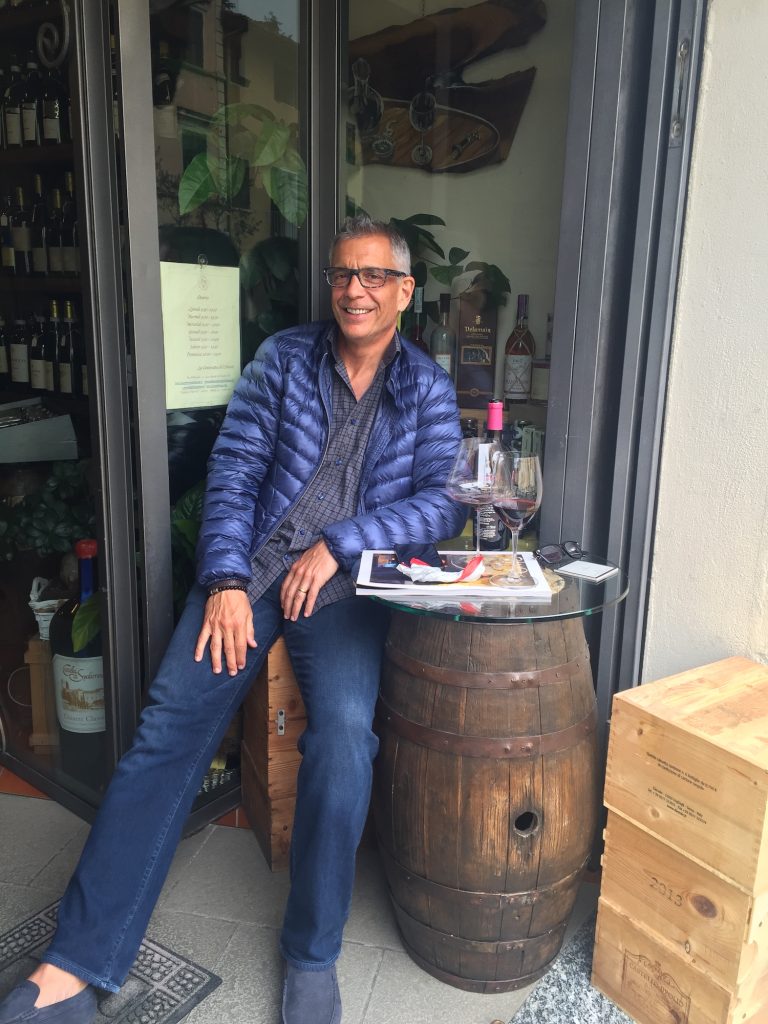
I really don’t think of myself as an expat. Maybe it’s because there’s so much Italian in my blood. I haven’t expatriated—we still spend time in the U.S., and we enjoy it. But when I’m in Italy, I feel Italian. It’s not just about heritage; it’s about how we live and connect.
There’s definitely an expat community in Italy, and we do enjoy socializing with some of those folks. But many tend to stay in that bubble. Whether it’s a language barrier or a cultural one, they don’t always put themselves out there to meet real Italians. We’ve made it a point to do that, and it’s made all the difference.
There’s this romantic idea of Italy—people go on vacation for two weeks and think it’s like Disney World. But it’s a real country with real frustrations. The bureaucracy is infamous. Our American system can be frustrating too, but I assure you, it’s five times worse in Italy. If you miss shopping before 12:45, the store’s closed until 3:30. If you want lunch at 3:00, good luck unless it’s a panino. It’s those little things that remind you: this is not a vacation anymore.
We’ve had friends who tried it—bought a place not far from us—and after six years, they left. They asked me if I thought they were making a mistake, and I told them, “It’s not for everyone.” You have to understand that living in Italy is very different from vacationing in Italy.
That said, there’s a pull—a desire to reconnect with your roots. And that’s real. We have Italian friends here in the U.S. too, and many came for love or opportunity. Everyone has their reasons. But for us, we’ve been able to build a life that includes both places. You remember the good parts of each. The challenges? They’ll always be there—but you learn to look past them.
Whether you’re a seasoned traveler, a curious home cook, or someone dreaming of life in Italy, 20 Amici, 40 Ricette offers more than just recipes.
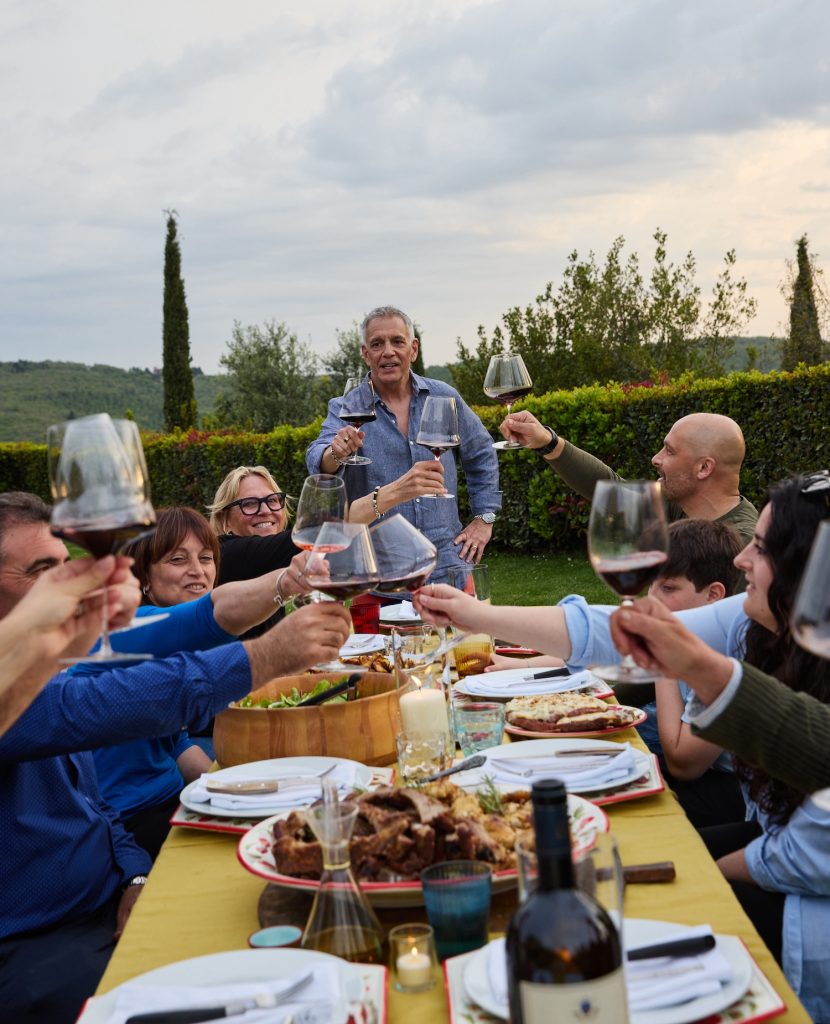
John Bersani’s book is a celebration of Chianti’s food culture, friendships, and traditions—with wine pairings suggested for nearly every dish, plus thoughtful guides to restaurants, hotels, and wineries across the Chianti Classico region. It’s an invitation to experience Tuscany through the eyes (and palate) of someone who calls it home.
Learn more and get the book:
- Website: www.20amici40ricette.com
- Instagram: @dairagazzi
- Order on Amazon: 20 Amici, 40 Ricette – Amazon
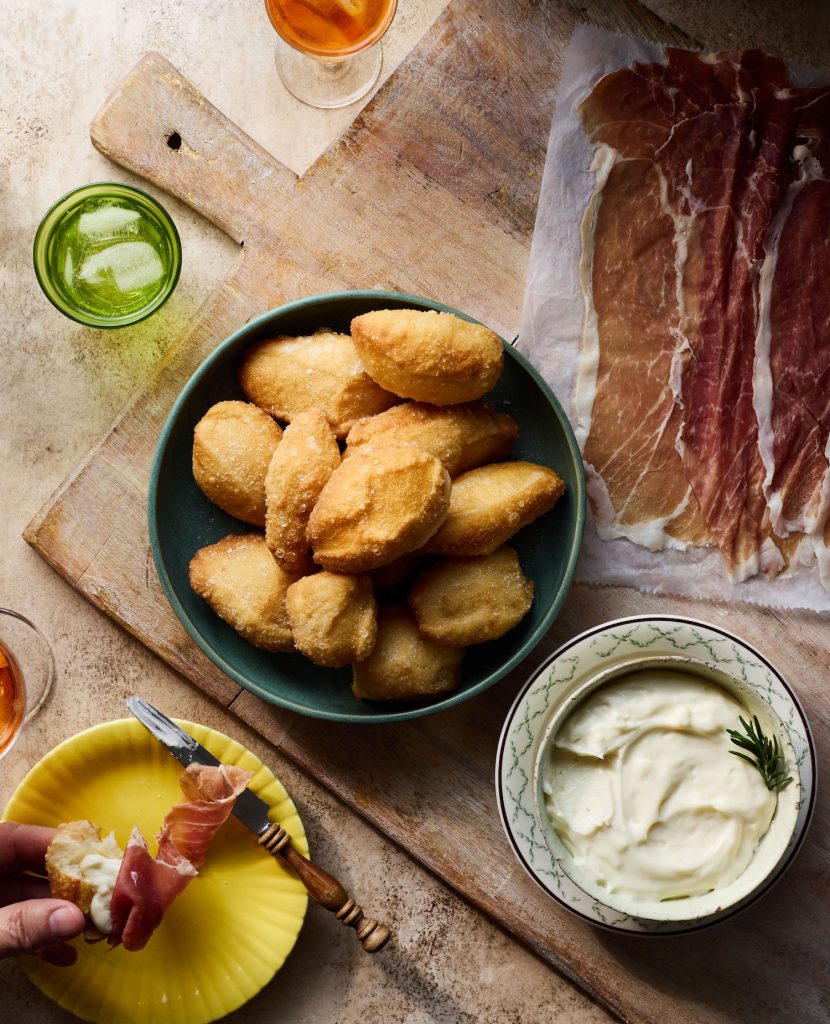
For more expat interviews, visit Chat with an Expat on YouTube and listen to Italy Answered on Apple Podcasts and Spotify.


